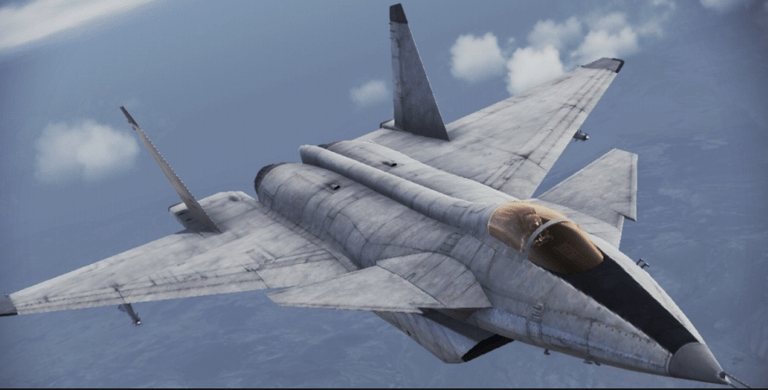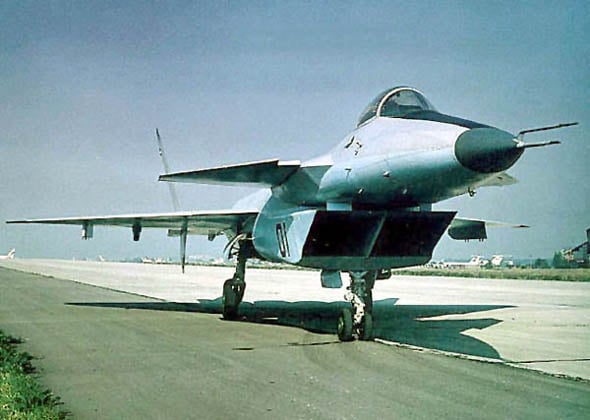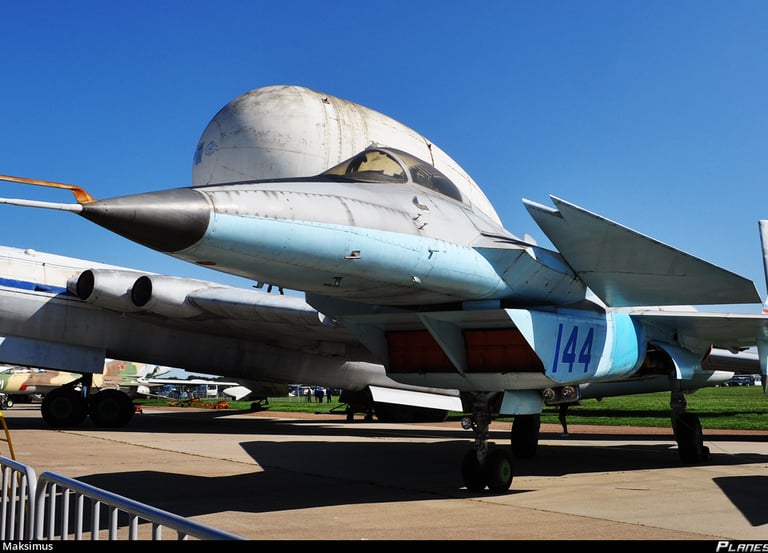MiG 1.44 | the soviet answer to F-22
Fact for 28/5/2021
FACTS


was a technology demonstrator developed by the Mikoyan Design bureau. It was the Soviet Union's answer to the U.S.'s Advance Tactical Fighter(ATF), incorporating many fifth generation aspects such as advanced avionics, Stealth technology, supermaneuverablity , and supercruise. The design's development was a protracted one, characterised by repeated and lengthy postponements due to a chronic lack of funds; the MiG 1.44 made its maiden flight in February 2000, nine years behind schedule, and was cancelled later that year


Design and Specifications
the Mig 1.44 was a delta wing, twin-tailed, fifth-generation air superiority/strike fighter design that incorporated advanced technology to theoretically give the aircraft excellent stealth and fighting attributes. It featured a close-coupled canard layout which, when working with the vectorable engines, gave the aircraft remarkable maneuverability. The aircraft had a tricycle landing gear system, with a single, dual-wheel landing gear in the front, and two single wheels in the rear. The MFI had relaxed stability and was controlled by a fly-by-wire flight control system
Russian aviation experts claim that the unorthodox design, use of radar-absorbent materials (RAM), and internally mounted weapons, gave an radar cross-section (RCS) of less than 0.3 m2, comparable to that of the F-22 Raptor. The RCS falls to 0.001 m2 with the use of a plasma shield.


Two Lyul'ka Saturn AL-41F afterburning turbofans produced 177 kN of thrust, giving the MiG a top speed of Mach 2.35. The engines also allowed the jet to supercruise.
The fighter is equipped with a glass cockpit and features a Pulse-Doppler radar. The N014 radar, with a range of 420 km (260 mi) and target detection from 250 km (160 mi) to one metre (3.3 ft), was able to track up to 40 targets and shoot against 20. The radar system has a passive electronically scanned array antenna and is linked to a fire-control system.
On 29 February 2000, the aircraft performed its first flight at the hands of Vladimir Gorboonov. During the 18-minute flight, the 1.44 reached a maximum height of 1,000 m (3,300 ft) and reached speeds of 600 km/h (370 mph). The aircraft touched down at 11:43 am Moscow Time, amid tight security. Gorboonov later described the aircraft as docile.After the 22-minute second flight on 27 April, engineers probably uncovered some problems, since there were no reported flights thereafter.The programme has since been cancelled, with the sole prototype known residing at Gromov Flight Research Institute, it was later restored/refurbished and was displayed at MAKS 2015.


